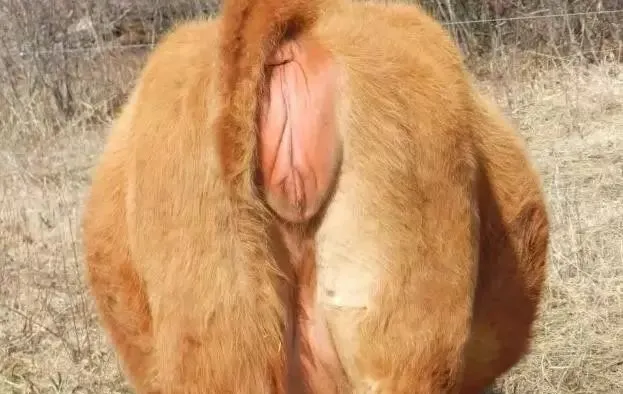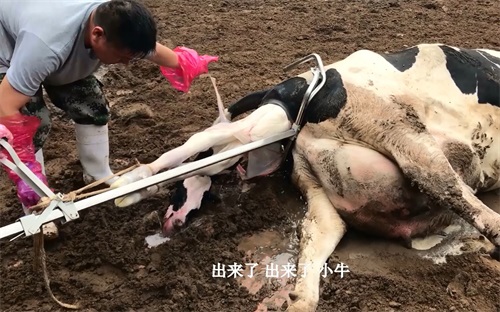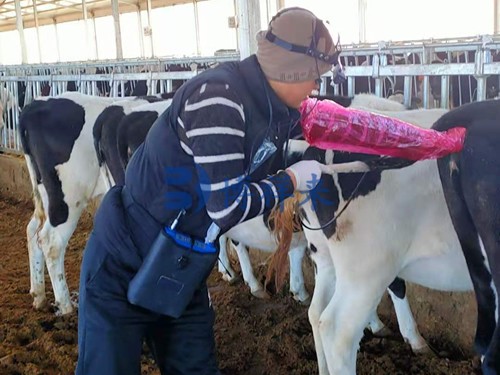In modern beef cattle farming, the integration of advanced reproductive technologies with genetic evaluation is transforming how producers manage herd performance. One of the most impactful tools in this evolution is veterinary ultrasound—a fast, non-invasive method to collect valuable physiological data. When combined with genetic insights, ultrasound becomes a powerful asset in shaping superior cattle lines.
Why Genetic Selection Matters in Beef Production
Genetics has long played a pivotal role in improving cattle productivity. By selecting animals with desirable traits—such as high daily weight gain, marbling, feed efficiency, and fertility—farmers can build herds that perform consistently across generations. But traditional selection methods can be slow, relying on observable traits and retrospective data.
Enter genomics and real-time ultrasound. By using ultrasound to gather early phenotypic indicators (like backfat thickness, ribeye area, and reproductive maturity), producers gain timely insights that, when matched with genomic data, dramatically enhance selection accuracy. This synergy allows for data-driven decisions that reduce guesswork and increase the rate of genetic progress.
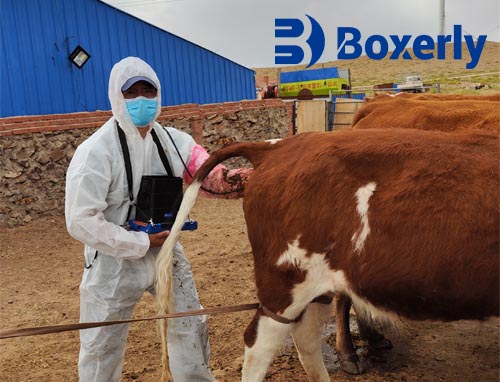
How Ultrasound Supports Genetic Improvement
Ultrasound imaging offers several key benefits when applied to genetic selection:
Carcass Trait Prediction
Ultrasound helps evaluate carcass characteristics like ribeye area (REA), intramuscular fat (IMF), and fat thickness in live animals. These measurements predict beef quality before slaughter and are integral to selection indices used in breeding programs.Reproductive Efficiency
Ultrasound is indispensable for early pregnancy diagnosis and assessing reproductive organ development. Heifers with earlier puberty and higher conception rates can be identified and preferentially bred.Maternal Traits and Longevity
Measuring traits like pelvic size and ovarian structures provides information on calving ease and fertility—factors linked to cow longevity and herd stability.
These data points, collected efficiently through ultrasound, feed into genetic evaluation systems such as Expected Progeny Differences (EPDs), enabling producers to rank animals based on the potential performance of their offspring.
Case Study: Real-World Success in Genetic Gain
Research published by the University of Kentucky Extension (2022) demonstrated that integrating ultrasound carcass data into EPD calculations improved selection accuracy by over 20% in Angus herds. This means producers can confidently choose sires and dams that yield higher-value progeny earlier in the production cycle.
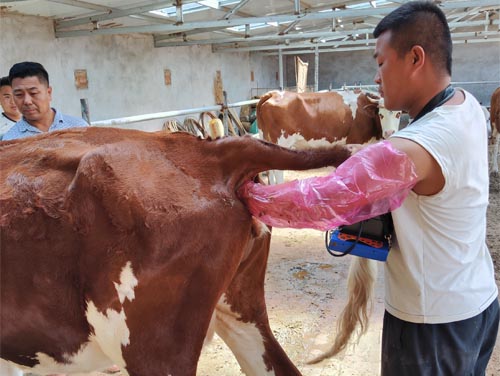
Precision Breeding for Sustainable Profitability
Precision livestock farming isn’t just about increasing output—it’s also about long-term sustainability. Selecting animals with efficient feed conversion reduces environmental footprint, while improving fertility and longevity decreases replacement costs. Ultrasound facilitates early identification of these traits, giving producers a valuable edge.
The Next Frontier: Integrating AI and Data Platforms
Looking forward, artificial intelligence and cloud-based herd management systems are poised to elevate the role of ultrasound in genetic improvement. Real-time data sharing allows veterinarians, geneticists, and producers to make collaborative, evidence-based decisions. This transparency and efficiency are especially important for large-scale beef operations aiming for global markets.
Conclusion
Ultrasound and genetic evaluation are no longer standalone strategies. Together, they form a feedback loop that refines herd performance and ensures that each generation of cattle is more efficient, productive, and valuable than the last. For forward-thinking beef producers, adopting ultrasound-supported genetic selection isn’t just an option—it’s becoming a necessity.
References:
“Using Ultrasound to Improve Carcass Traits in Beef Cattle,” University of Kentucky Extension, https://afs.ca.uky.edu/beef/ultrasound-carcass
“Genomic Testing in Beef Cattle,” Penn State Extension, https://extension.psu.edu/genomic-testing-in-beef-cattle
“Expected Progeny Differences (EPDs),” Beef Cattle Research Council, https://www.beefresearch.ca/topics/expected-progeny-differences/

